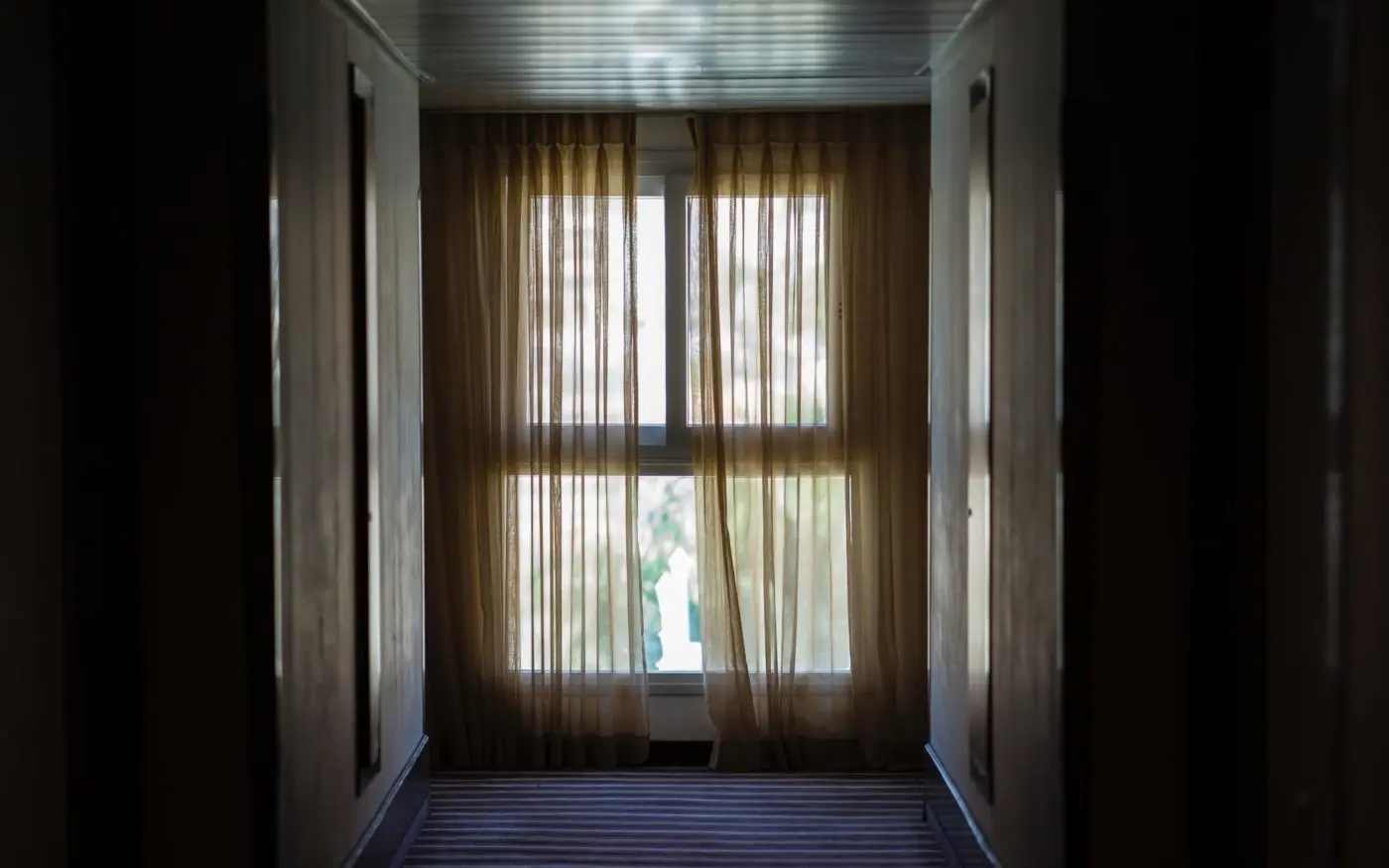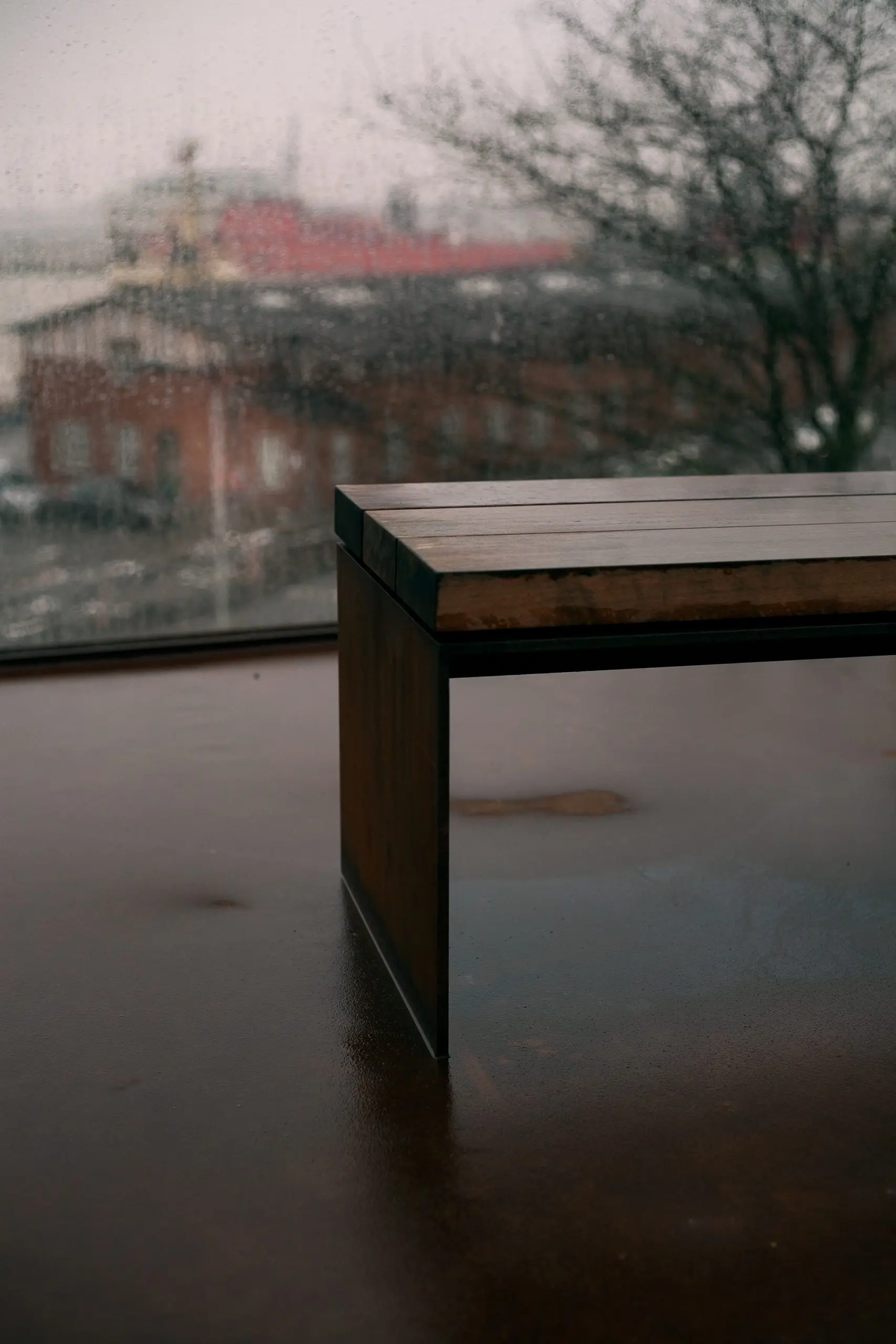Following is an excerpt of commentary on A.W. Tozer’s classic book The Pursuit of God (chapter 3: “Removing the Veil”).
Read the previous part in this series, “Rest for a Restless Heart.” [vector_icon icon=”arrow-circle-o-right”]
[lead]God has removed the sin barrier. Now comes His invitation.[/lead] Twice the writer of Hebrews implores us to “draw near”:
Therefore let us draw near with confidence to the throne of grace, so that we may receive mercy and find grace to help in time of need. (Hebrews 4:16)
Let us draw near to God with a sincere heart and with the full assurance that faith brings, having our hearts sprinkled to cleanse us from a guilty conscience and having our bodies washed with pure water. (Hebrews 10:22)
The call goes forth, yet we hesitate, lingering at the entrance, reluctant to push on inside. The years pass and we grow old and tired of milling around in the outer courts of our bodily temple. What hinders us?
The One Who Is Waiting
Have we so quickly forgotten Who it is that waits for us? Is He not the Father who is mighty and awesome in presence, the maker of things visible and invisible in heaven and earth? Is He not the Lord Jesus Christ, the only begotten Son of God, being of one substance with the Father? Is He not the Spirit that is holy, the one who proceeds from the Father and Son, and who empowers and indwells?
The need for divine communion is desperate. Tozer observes:
The world is perishing for lack of the knowledge of God and the church is famishing for want of His presence. The instant cure of most of our religious ills would be to enter the Presence in spiritual experience, to become suddenly aware that we are in God and that God is in us.[note]Tozer, The Pursuit of God (Camp Hill, PA: Christian Publications, 1982), 38.[/note]
The truths of the ancient creeds roll off our tongues so easily, while the Person of whom they speak waits within. And who is it that we keep waiting? It is …
… none other than God Himself, “One God, the Father Almighty, Maker of heaven and earth, and of all things visible and invisible. It is “one Lord Jesus Christ, the only begotten Son of God; begotten of His Father before all worlds, God of God, Light of Light, Very God of Very God; begotten, not made; being of one substance with the Father.” And it is “the Holy Ghost, the Lord and Giver of life, Who proceedeth from the Father and the Son, Who with the Father and the Son together is worshipped and glorified.”[note]Tozer, Pursuit of God, 37–38. Tozer is quoting from the Nicene Creed.[/note]
It is a holy Trinity of Persons in one God,
for “we worship one God in Trinity, and Trinity in Unity; neither confounding the Persons, nor dividing the Substance. For there is one Person of the Father, another of the Son, and another of the Holy Ghost. But the Godhead of the Father, of the Son, and of the Holy Ghost, is all one: the glory equal and the majesty co-eternal.”[note]Tozer, Pursuit of God, 38. Here, Tozer quotes from the Athanasian Creed.[/note]
Therefore let us draw near with confidence to the throne of grace, so that we may receive mercy and find grace to help in time of need.
—Hebrews 4:16
The Veil of Self
The veil of sin has been removed. The call for communion has gone forth. The need for each one to hear, to touch, to taste and see that the Lord is good, has never been greater. What is it that continues to stand between us and our heart’s true home? It is the veil of self that yet remains to be torn down.
Tozer writes:
Self is the opaque veil that hides the face of God from us. It can be removed only in spiritual experience, never by mere instruction. We may as well try to instruct leprosy out of our system. There must be a work of God in destruction before we are free. We must invite the cross to do its deadly work within us.[note]Tozer, Pursuit of God, 46.[/note]
Tozer continues with this stark reminder:
Let us remember that when we talk of the rending of the veil we are speaking in a figure, and the thought of it is poetical, almost pleasant, but in actuality there is nothing pleasant about it. In human experience that veil is made of living spiritual tissue; it is composed of the sentient, quivering stuff of which our whole beings consist, and to touch it is to touch us where we feel pain. To tear it away is to injure us, to hurt us and to make us bleed. To say otherwise is to make the cross no cross and death no death at all. It is never fun to die. To rip through the dear and tender stuff of which life is made can never be anything but deeply painful. Yet that is what the cross did to Jesus and it is what the cross would do to every man to set him free.[note]Tozer, Pursuit of God, 46–47.[/note]
We must abandon whatever worthless “tinkering” we are doing with our inner lives and give up all trial-and-error attempts at ridding ourselves of that veil. We must quit hoping that someday, somehow, we will stumble on some trick that magically removes our veil. It will never happen. “God must do everything for us,” as Tozer says, and “our part is to yield” to the painful but effective process of His work in us.[note]Tozer, Pursuit of God, 47.[/note] This involves confessing our poverty of spirit, forsaking our feeble attempts, repudiating the self-life, and then slowly beginning to live out the fact that He has been successful and that it is gone.



